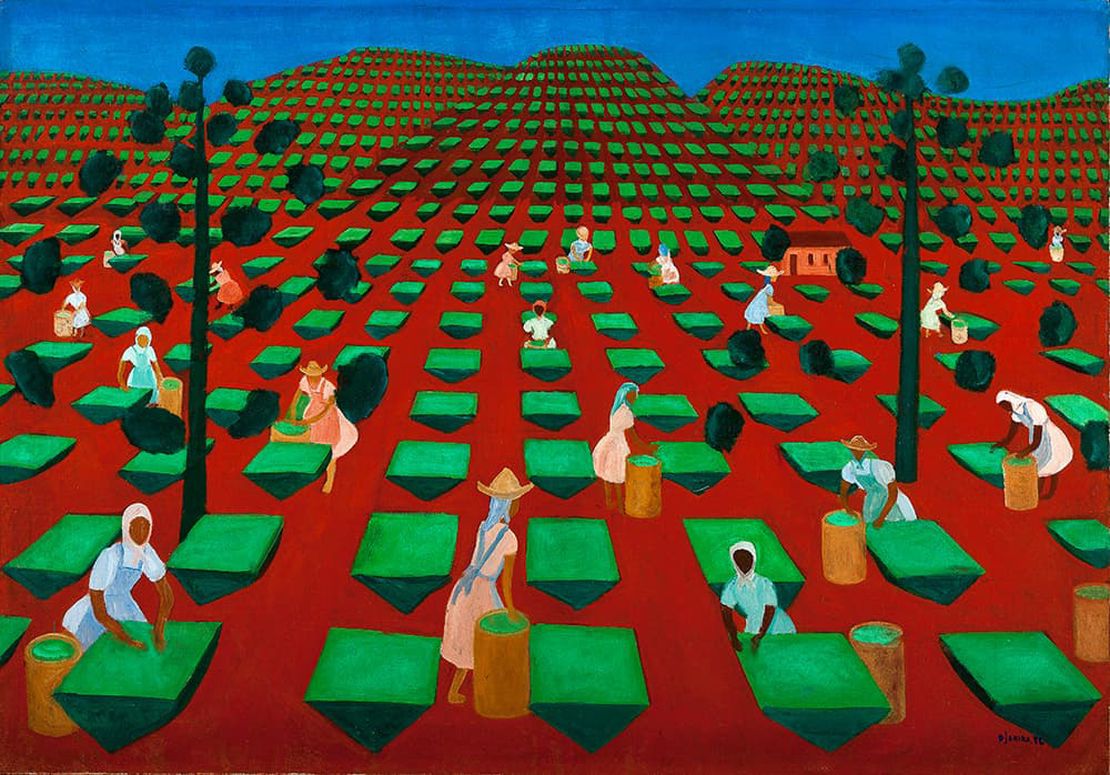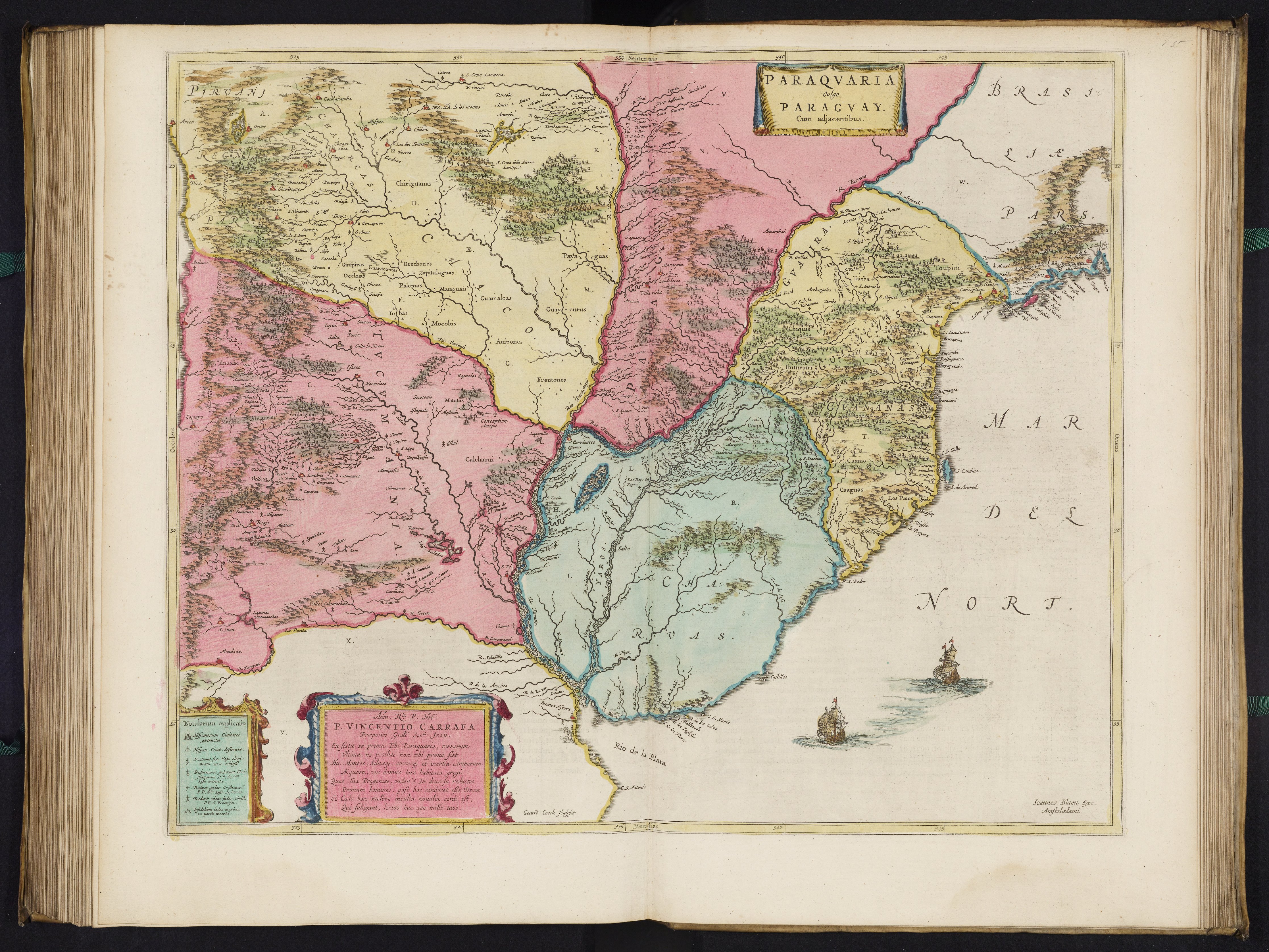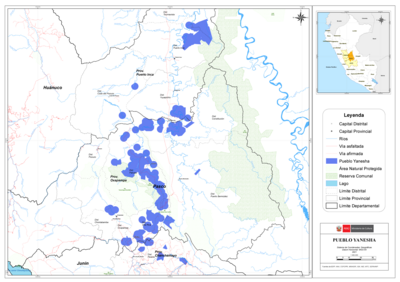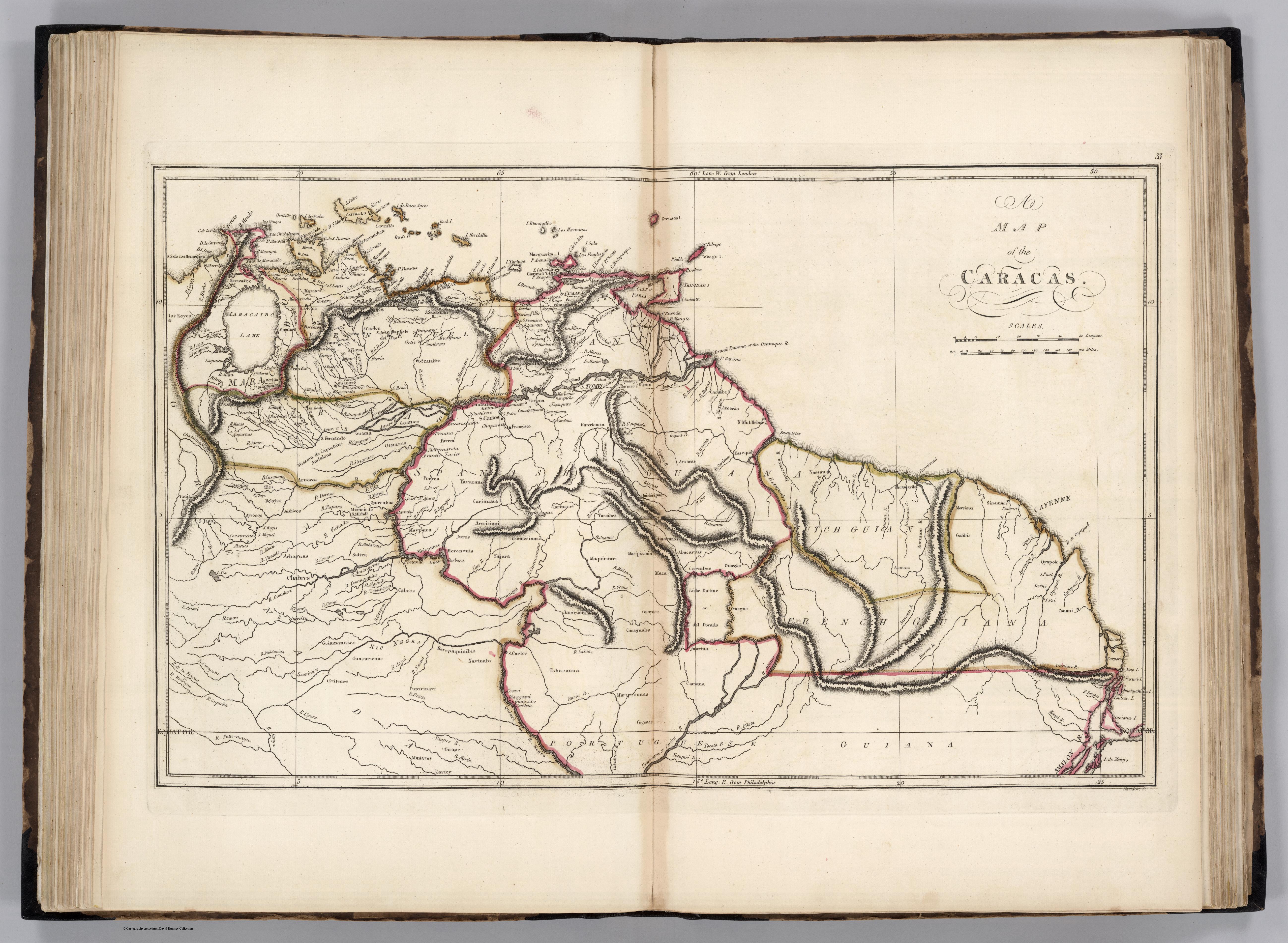Abstract
Location: Modern Art Museum of Rio de Janeiro in Rio de Janeiro Brazil.
“Nakoada” is a war strategy that the Baniwa people of the Upper Rio Negro region developed to insure new possibilities for permanence in the world. This concept guides the exhibition’s curation. Nakoada articulates the tactic of immersion in aspects of another culture towards guaranteeing one’s own survival. If originally this practice was used by the Baniwa to deal with other indigenous peoples, today it is rethought in terms of the relationship with non-indigenous cultures. More than a critical review of modernism — which has already been done in an elaborate manner, including by indigenous artists — the exhibition aims to show how a modernist art can engage with contemporary issues, while nonetheless escaping the pitfalls of traditional modernism.
The exhibition takes the form of a cosmic serpent that has no beginning nor end—and artworks are placed inside the silhouette of the snake as it winds through the Monumental Hall of MAM Rio. Snake symbolism is recurrent in the Baniwa worldview, as it is in several Western and Eastern cultures, in the North and the South. Since the period before colonization, the snake symbolizes an expanded temporality—and the history that is carried along within it.

Installation Views of the Nakoada Exhibition
According to the curator Denilson Baniwa, “Nakoada is an act of return. It’s the moment when people targeted by external forces understand the oppressive power of the other, and then seek a return to their own autonomy.”

MAHKU, Kapewẽ Pukenibu, 2022, Acrylic on Canvas. Comission. Courtesy of the Museum of Modern Art Rio de Janeiro.

Zahy Guajajara, Karaiw a’e wà (The Civilized), 2022 (still). Video, color, sound, 14:30. Commissioned by MAM-Rio, Rio de Janeiro, Brazil, for the exhibition “Nakoada: Strategies for Modern Art.” Courtesy the artist and Candombá
Official website: https://mam.rio/programacao/nakoada-estrategias-para-a-arte-moderna/



![La partie méridionale de l'Amérique appelée Terre Ferme ou se trouve [sic] les provinces ou grands gouvernements de la Guiane et de la Nouvelle Grenade Cette dernière province subdivisée en Popaya;Cartagene;Ste. Marthe;Rio de la Hacha;Venezuela et Nouvelle Andalousie Le pays et le cours de la rivière des Amazones Au sud de cette carte;comme l'istme de Panama ou nord-ouest;si [sic] trouvent assé bien détaillez](https://dnet8ble6lm7w.cloudfront.net/maps/CNT/CNT0020.jpeg)




